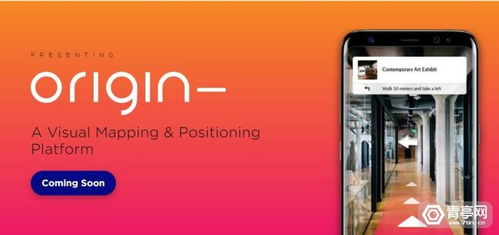Are you intrigued by the world of augmented reality (AR)? Have you ever wondered what it is, how it works, and why it’s becoming increasingly popular? Well, you’ve come to the right place. In this article, we’ll delve into the fascinating world of AR, exploring its definition, technology, applications, and future prospects. So, let’s dive in and discover the wonders of AR together!
What is Augmented Reality (AR)?

Augmented reality is a technology that overlays digital information onto the real world, enhancing our perception and interaction with the environment. Unlike virtual reality (VR), which creates a completely artificial environment, AR enhances the real world by adding virtual elements to it. This can be achieved through various devices, such as smartphones, tablets, smart glasses, and AR headsets.
How Does AR Work?

AR technology relies on several key components to create its magical experience:
| Component | Description |
|---|---|
| Camera | Captures the real-world environment and sends it to the AR device. |
| Processor | Processes the camera feed and determines the position and orientation of the device in the real world. |
| Display | Displays the augmented content over the real-world view. |
| Sensors | Provide additional information about the device’s position, orientation, and movement. |
By combining these components, AR devices can overlay digital information, such as text, images, and 3D models, onto the real world, creating an immersive and interactive experience.
Applications of AR

AR technology has a wide range of applications across various industries:
-
Entertainment and Gaming: AR games like Pok茅mon Go have become incredibly popular, allowing players to interact with virtual characters in the real world.
-
Education: AR can be used to create interactive learning experiences, making it easier for students to understand complex concepts.
-
Healthcare: Surgeons can use AR to visualize patient data during operations, improving accuracy and reducing the risk of complications.
-
Real Estate: AR can be used to provide virtual property tours, allowing potential buyers to see how a property would look in their own home.
-
Retail: AR can be used to provide customers with a more immersive shopping experience, allowing them to visualize products in their own space.
The Future of AR
The future of AR looks incredibly promising. With advancements in technology, we can expect to see even more innovative applications of AR in our daily lives. Some of the key trends that are shaping the future of AR include:
-
Improved Hardware: As AR devices become more compact, lightweight, and powerful, we’ll see even more people adopting AR technology.
-
Better Software: Developers are continuously working on creating more immersive and interactive AR experiences.
-
Increased Integration: AR will become more integrated into our daily lives, with applications in areas such as education, healthcare, and retail.
So, there you have it鈥攁 comprehensive guide to the world of augmented reality. Now that you know what AR is, how it works, and its various applications, you can start exploring this fascinating technology and see how it can enhance your own life.
